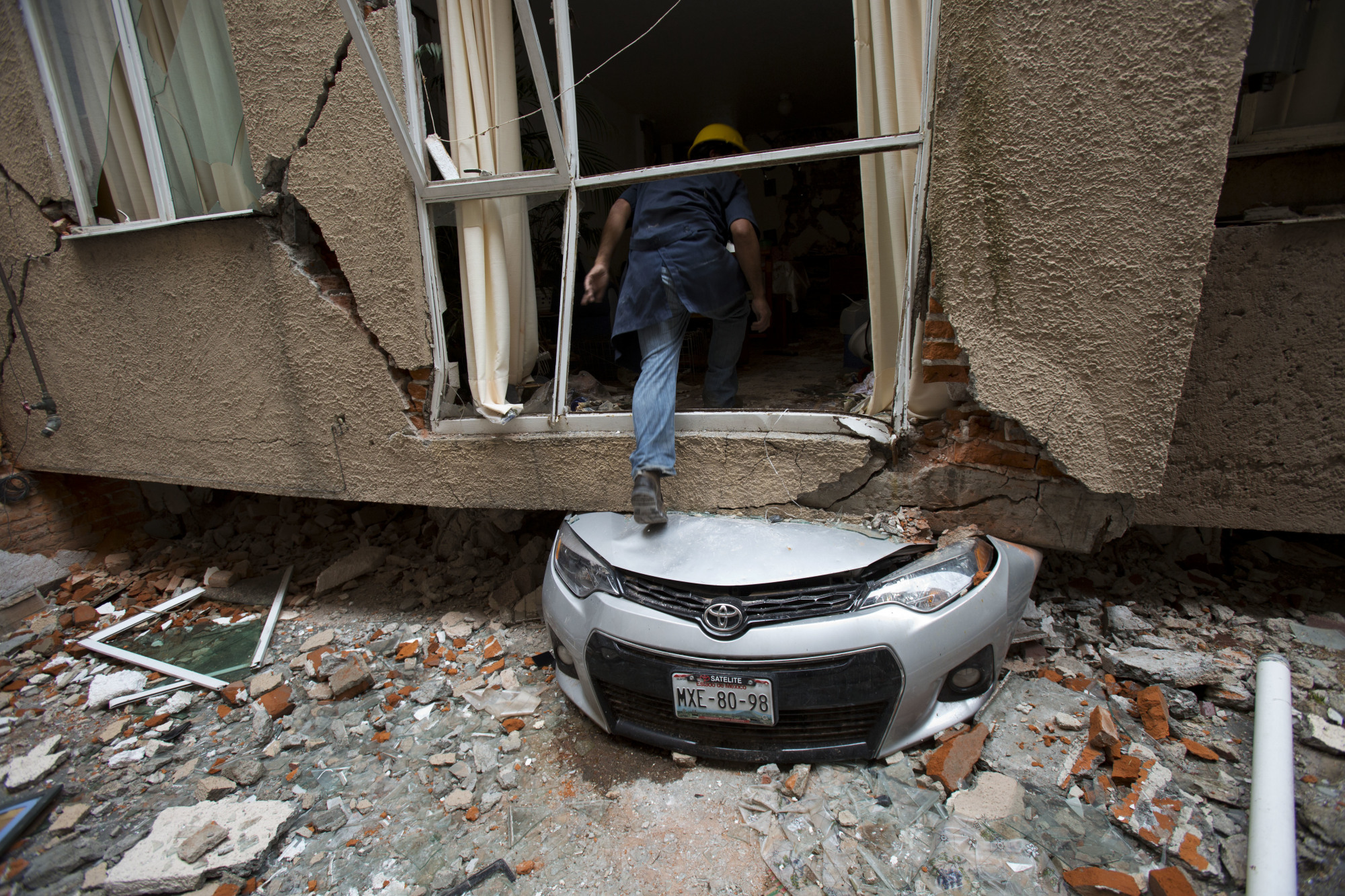Rocks under increasing pressure before earthquakes strike send out low-pitched rumbling sounds that the human ear cannot detect but could be used to predict when a tremor will strike, scientists said Monday.
Researchers recreated powerful earthquake forces in a laboratory and used high-tech algorithms to pick out the acoustic clues amid all the other noise of a pending quake, according to findings published in Geophysical Research Letters, a journal published by the American Geophysical Union.
The sounds are emitted typically a week before an earthquake occurs, so deciphering them would allow scientists to pinpoint the timing of a tremor, the research paper said.


















With your current subscription plan you can comment on stories. However, before writing your first comment, please create a display name in the Profile section of your subscriber account page.